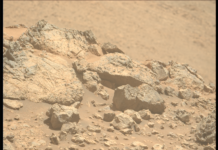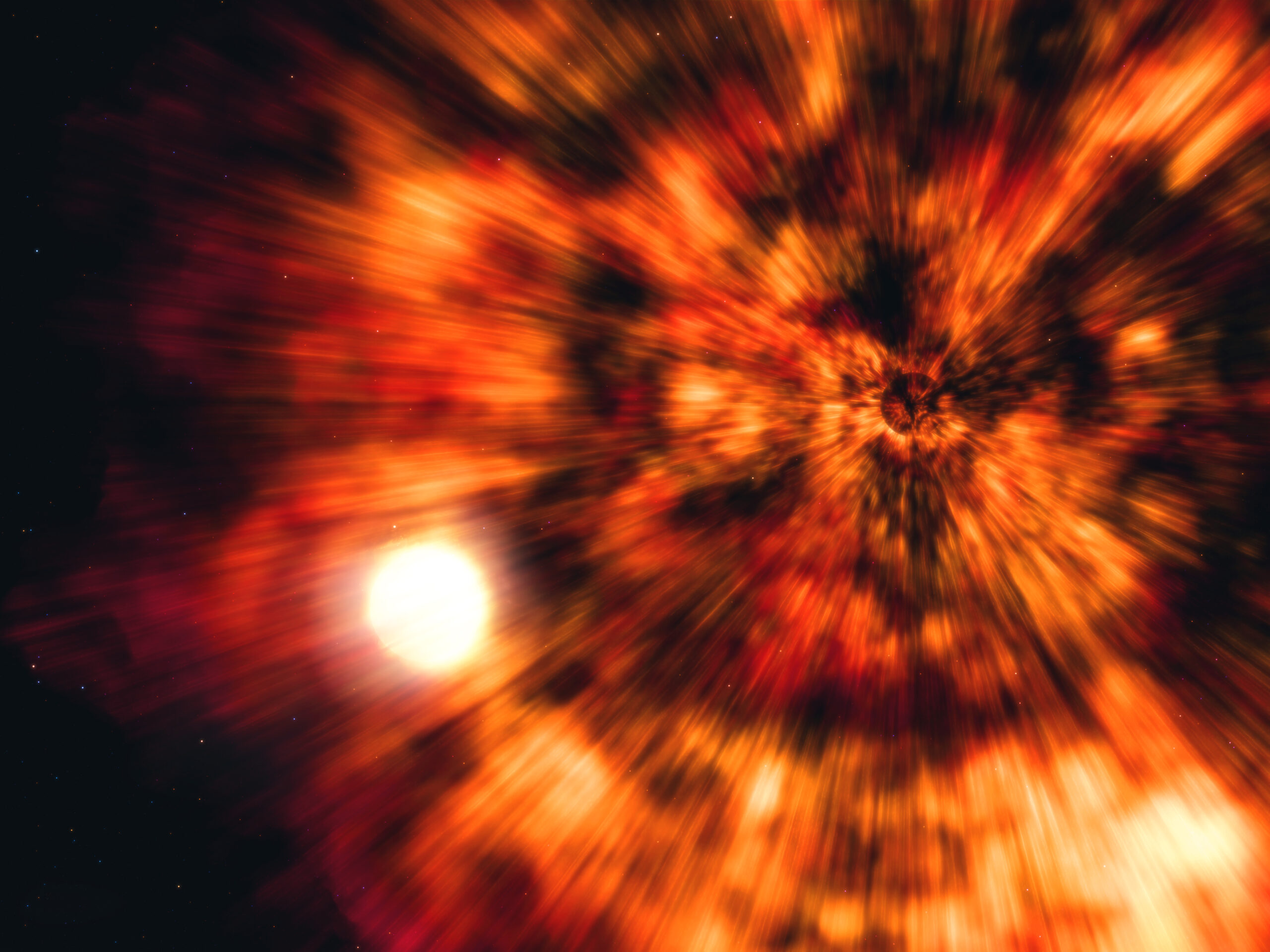Unveiling the Secrets of the Cosmos: Supernova Archaeology with NASA’s Chandra X-ray Observatory
When people hear the word "archaeology," they often picture explorers digging through ancient ruins or delving into the depths of a jungle. However, a groundbreaking study by a team of astronomers is redefining this notion by applying archaeological techniques to the vast expanse of space. Instead of ancient artifacts or dinosaur bones, these scientists are unearthing the remnants of colossal stellar explosions using the stars and their aftermath as their guiding tools. This unique approach, aptly named "supernova archaeology," is shedding light on the mysterious forces at play in our universe.
Central to this research is NASA’s Chandra X-ray Observatory, a powerful space telescope dedicated to observing X-rays from high-energy regions of the universe. By mining data from Chandra, the team focused their efforts on a celestial system known as GRO J1655-40. This system has piqued the interest of astronomers due to its fascinating composition: a black hole with a mass nearly seven times that of our Sun, and a companion star with about half the Sun’s mass. However, this setup wasn’t always the case.
Originally, GRO J1655-40 was composed of two luminous stars. The more massive of the two stars eventually exhausted its nuclear fuel, leading to a catastrophic supernova explosion. As the star disintegrated, its outer layers were ejected into space, some of which impacted its companion star. The core of the exploded star, having lost its outer layers, collapsed in on itself to form a black hole. This transformation marked the beginning of a new celestial dance, dictated by gravity and cosmic forces.
Over time, the gravitational bond between the nascent black hole and its companion star tightened. This tightening was primarily due to energy loss from the system in the form of gravitational waves, ripples in the fabric of space-time caused by massive moving objects. As the black hole and its companion drew closer, the black hole’s formidable gravitational pull began siphoning off material from the companion star. Interestingly, this material was initially part of the star that had exploded, highlighting the cyclical nature of cosmic events.
While much of this material is consumed by the black hole, a portion of it forms an accretion disk, a swirling disk of gas and dust encircling the black hole. Within this disk, powerful magnetic fields and friction generate intense heat, causing some of the material to be expelled into space as strong winds. This is where the X-ray data from Chandra becomes invaluable. In 2005, Chandra observed the GRO J1655-40 system when it was exceptionally bright in X-rays, capturing the signatures of individual elements within these winds.
By analyzing the X-ray spectra—essentially a breakdown of the X-ray light across various wavelengths—the astronomers could identify specific elements present in the winds emanating from the black hole. This detailed analysis revealed the presence of elements such as silicon, magnesium, iron, nickel, neon, and cobalt. By comparing these findings with computer models of supernova explosions, the researchers reconstructed critical characteristics of the original star that had exploded.
Their findings were astonishing. The star that once was, had a mass approximately 25 times that of our Sun and was remarkably rich in elements heavier than helium compared to the Sun. This insight into the star’s composition not only provides clues about the star’s life and death but also informs us about the processes that govern stellar evolution and the distribution of elements in the universe.
This pioneering study lays the groundwork for further supernova archaeology endeavors, allowing scientists to apply similar techniques to other binary star systems experiencing outbursts. Through continued observation and analysis, astronomers hope to piece together the life stories of stars and better understand the dynamic processes that shape our cosmos.
The research findings are detailed in a paper titled "Supernova Archaeology with X-Ray Binary Winds: The Case of GRO J1655−40," published in The Astrophysical Journal in May 2024. The study was conducted by Noa Keshet and Ehud Behar from Technion — Israel Institute of Technology, and Timothy Kallman from NASA’s Goddard Space Flight Center.
The Chandra X-ray Observatory, managed by NASA’s Marshall Space Flight Center in Huntsville, Alabama, plays a crucial role in these investigations. Its operations are overseen by the Smithsonian Astrophysical Observatory’s Chandra X-ray Center, which handles both the scientific and flight operations from Massachusetts.
For those interested in delving deeper into the capabilities and discoveries of the Chandra X-ray Observatory, more information can be found on their official websites:
- NASA’s Chandra
- Chandra X-ray Observatory
Visualizing the Cosmic Drama
Accompanying this article are visual aids that provide a glimpse into the cosmic drama unfolding in GRO J1655-40. An artist’s illustration vividly depicts the aftermath of the supernova explosion, showcasing the formation of the black hole from the remains of a massive star. The illustration captures the intense energy release as blurred beams of red, orange, and yellow light radiate from the black hole, symbolizing the debris from the supernova being flung across space.
Embedded within this visual is a spectrum graph, providing a scientific representation of the X-ray observations made by Chandra. The graph highlights the absorption features of various elements detected in the X-ray light, offering a tangible connection to the invisible processes occurring in the distant reaches of the universe.
In summary, this groundbreaking study not only expands our understanding of supernovae and their remnants but also exemplifies the innovative ways in which astronomers are uncovering the secrets of the universe. By marrying the principles of archaeology with cutting-edge technology and astrophysics, scientists are opening new windows into the past, revealing the hidden stories of stars that once shone bright across the cosmos.
For more Information, Refer to this article.


































